Space
Sign up for our newsletter
We summarize the week's scientific breakthroughs every Thursday.
-
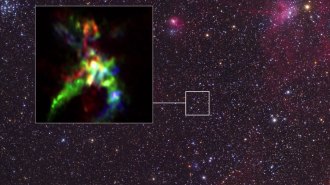 Space
SpacePhosphorus, a key ingredient of life, has been found in a newborn star system
Astrochemists map phosphorus-bearing molecules in a star-forming cloud, giving clues to how this vital element may have arrived on Earth.
By Adam Mann -
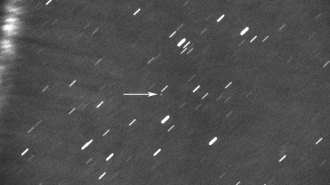 Planetary Science
Planetary ScienceFor the first time, an asteroid has been found nearer to the sun than Venus
A space rock dubbed 2020 AV2, found in close orbit around the sun, probably got there after a series of close encounters with rocky planets.
-
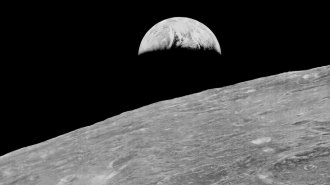 Space
SpaceThe sterile moon may still hold hints of how life began on Earth
50 years ago, scientists found no signs of life on the moon. Today, lunar mission regulations may be relaxed in light of that fact.
-
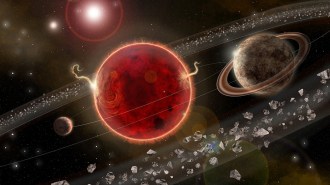 Space
SpaceA second planet may orbit Proxima Centauri
The star closest to the sun may harbor another planet, this one much more massive and colder than Earth.
-
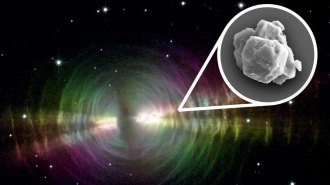 Space
SpaceThis ancient stardust is the oldest ever to be examined in a lab
Tiny grains of stardust that formed long before our solar system are giving new insight into star formation in the Milky Way.
-
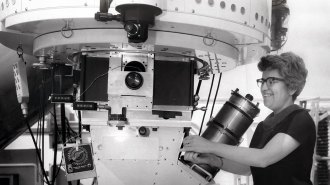 Space
SpaceDark matter pioneer Vera Rubin gets a new observatory named after her
A new effort to study the cosmos is named after Vera Rubin, an astronomer who searched out dark matter and battled sexism.
-
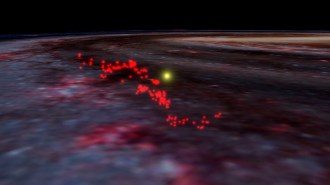 Space
SpaceA giant wave of gas lurks near our solar system
The Earth and sun are relatively near a newfound, wavy rope of star-forming gas, named the Radcliffe Wave.
-
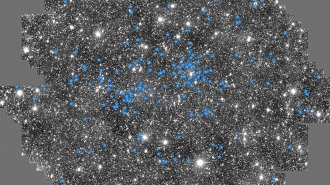 Space
SpaceYoung stars have been found in an old part of our galaxy
A newly discovered star cluster in the Milky Way’s halo seems to have been deposited there by gas torn off of two satellite galaxies.
-
 Space
SpaceBubble-blowing galaxies could help solve a cosmic mystery
Three galaxies ionizing hydrogen 680 million years after the Big Bang show a potential step in the ionization of nearly all hydrogen in the cosmos.
-
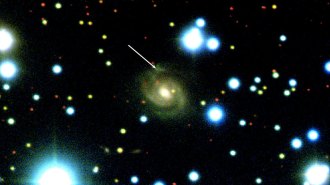 Space
SpaceThe home galaxy of a second repeating fast radio burst is a puzzle
The second galaxy known to host brief, brilliant flashes of radio waves known as a recurrent fast radio burst looks nothing like the first.
-
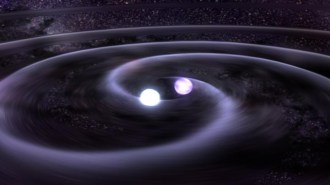 Astronomy
AstronomyLIGO detects its second neutron star collision, but gains few clues
Gravitational waves have once again heralded a smashup between neutron stars, but this time with no flash of light to help guide understanding.
-
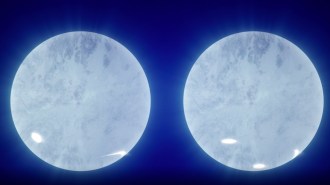 Space
SpaceThe first glimpses of a pulsar’s surface hint at complex magnetism
Maps of a rapidly spinning neutron star could eventually help researchers figure out how matter behaves at extraordinarily high densities.